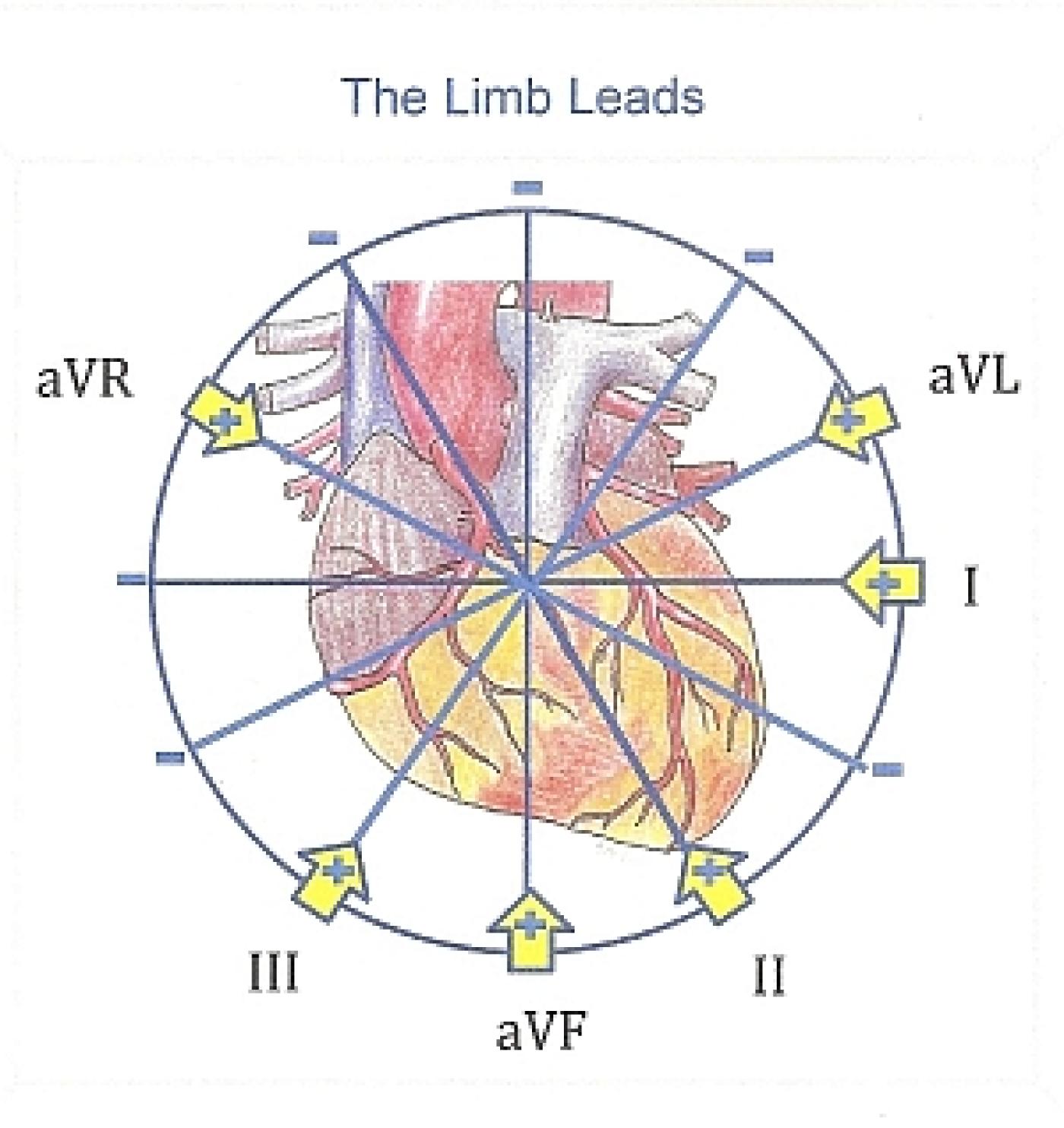Teaching Axis Determination
Frontal plane axis determination often strikes fear into the hearts of new ECG students and ECG instructors. Instructors may struggle to make the topic relevant for their students, and students struggle to decipher all the complex “methods” that are offered for frontal plane axis determination.
The “best” way to teach axis is to use the method that works for you. First, YOU, as the instructor, need to understand the topic well. There are many ways to approach the calculation of the frontal plane axis. Some methods are more suitable for some students than others. You should keep in mind the student’s prior level of training, and the job that student uses ECG for.
First, WHAT IS frontal plane axis?Axis is the measurement of the MEAN (or average) of all the electrical waves as they move through the heart muscle. The ECG machine cannot show us all the tiny currents, so it combines the information from all the depolarization waves, and shows us the mean direction. The P wave has an axis, the QRS has an axis, and the T wave has an axis.
WHY do we and our students need to know how to determine frontal plane axis at all? The axis of the P wave and QRS complex are the most helpful to know. Determining the direction of electrical flow through the heart helps us with more accurately diagnosing wide-complex tachycardias, recognizing junctional rhythms, recognizing paced rhythms, and diagnosing hemiblocks.
A general understanding of axis determination will help you and your students understand ECG in general – that is, how the ECG works, and how leads interpret information into waves. You and your students will become more FLUENT in ECG, which makes it much more FUN!
That being said, some people may be able to perform their jobs quite well without understanding axis. The ECG machine will even plot it for you – but you must understand what the machine is telling you when it gives the axis in “degrees”.
So – how do you determine the best way to teach axis? The ECG Guru is here to help! We offer several excellent resources to simplify your job. No one method is “right”, and we recommend that you study several different methods to increase your fluency.
If you have never had ANY training in axis calculation, you might want to check out a simple presentation from the ECG Guru at this LINK. This will give you the basics to help you gain the most from what other instructors present.
DR. KEN GRAUER, our Consulting Expert here at the ECG Guru website, has published an excellent video on the subject of axis determination, filled with pearls, tips, and pointers, which will be very helpful to students of all levels. He also shows you how to use axis determination to diagnose hemiblocks, and shows you other ways to use axis determination. We highly recommend his video, both for your own learning, and for tips on teaching the subject. Dr. Grauer also published an excellent discussion of axis in his ECG Blog #90 – Basic Concepts-3. This is a good place to start to get a general and comprehensive look at the subject.
DR. JERRY W. JONES, from Medicus of Houston, has graciously answered this week’s ASK THE EXPERT question with some excellent shortcuts and a very down-to-earth and practical way to view axis determination. This discussion will be especially helpful if you have already been doing axis determination, but find it tedious or difficult. His tips and pointers really take the pressure off, and help you focus on how this skill can be helpful to you.
We certainly welcome your comments, suggestions, tips, and experiences. Log on to comment below.
-

- Dawn's blog
- Log in or register to post comments
All our content is FREE & COPYRIGHT FREE for non-commercial use
Please be courteous and leave any watermark or author attribution on content you reproduce.


